5 digital trends transforming the logistics industry 2020
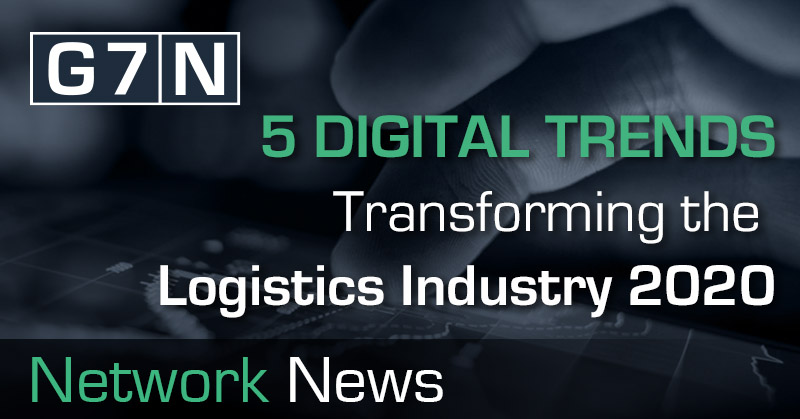
The logistics industry is at the forefront in embracing new technologies to improve efficiencies and transparency. According to the Logistics, Supply Chain and Transportation 2023 report by Forbes Insights, nearly two-thirds of logistics executives say they expect technology to deliver significant productivity gains. They are looking at blockchain allied to IoT and telematics to enable greater visibility while 53 percent of respondents say they expect technology to enhance the whole of the customer experience, with solutions like artificial intelligence and machine learning at the heart of that.
Here is our rundown of the five technologies that will have the greatest impact on logistics and transport in the coming years.
1) Artificial intelligence and machine learning
The potential for AI and ML in logistics is huge: a supply chain is a veritable goldmine of structured and unstructured data, and by harnessing and analyzing it, identifying patterns and generating insight into every link of the supply chain, logistics companies can dramatically transform operations.
ML can help companies uncover patterns in supply chain data using algorithms that pinpoint the main factors influencing their supply network's success, while learning continuously and simultaneously. These patterns can relate to inventory levels, supplier quality, forecasting demand, production planning, transportation management and more, and give companies the knowledge and insights to reduce freight costs, improve supplier performance and minimize supplier risk.
Many examples of how AI is improving business are already in place: natural language processing (NLP) can help logistics companies detect financial anomalies by extracting critical information from invoices; predictive network management can identify potential shipping delays and help companies plan freight more efficiently; and predictive risk management means using NLP tools to monitor online news and conversations related to supply chain factors and take proactive corrective action.
According to Infoholic Research, the artificial intelligence market in logistics is set to grow at a CAGR of 43 percent to 2023 to reach a market value of $6.5 billion.
2) IoT track and trace
Assets can be tracked between manufacturing facility and vendor premises, deliveries and materials can be tracked around your own manufacturing facility, and analysis of the data created by tracking and tracing these assets again lets companies identify patterns, predict consumer preferences and identify potential breakdowns in the supply chain. This means reduced costs, enhanced customer service and increased delivery visibility for customers.
Fleet management will also benefit, with sensors on vehicles helping enhance corporate social responsibility (CSR) and employee safety. Data collected from IoT devices gives fleet management companies valuable insights into driver and vehicle behavior, any possible acts of law breaking by the driver, breaking speed limits and more.
IoT tracking and tracing tools make companies more profitable – according to Frost & Sullivan, using IoT solutions in the trucking industry to improve traceability and control of freight leads to an increase in profits of 10-15 percent annually.
3) Blockchain
Blockchain could improve transparency for customers by enabling them to see the whole journey a product takes before it arrives with them. It can make audits more transparent and also improve security by making spotting attempted fraud quicker and easier.
Craig Fuller, Managing Director of the Blockchain in Transport Alliance (BiTA), says, "Blockchain is a technology that's ideally suited to the transportation industry and one we believe – insist really – will prove transformational in its impact. Fundamentally, it's a technology that allows people and companies who often don't really know or trust one another naturally to engage in commerce." BiTA was founded by technology, transportation and supply chain executives to help build blockchain standards in the freight industry, and the organization already has the world's leading technology and logistics companies applying for membership, a sign of the expected potential for blockchain. Orange is a member of BiTA.
Orange Silicon Valley and Orange Labs has recently been working on a solution that securely publishes shipment data on blockchain so it can be received in real time by other authorized parties. It is also developing other blockchain solutions that make logistics processes more effective, save companies time, and deliver an enhanced customer experience overall.
Blockchain can help supply chain companies establish greater trust and enable smart contracts, and make digital payments safer. According to IDC, worldwide spending on blockchain will grow to $11 billion by 2022 at a CAGR of 73 percent.
4) Autonomous vehicles and platooning
Autonomous forklifts are already quite commonplace in modern warehouses, airports, ports and other supply chain locations. And we will soon see autonomous trucks on the roads, delivering goods to be unloaded by autonomous forklifts and put in warehouses by automated conveyor belts and robotic arms.
Vehicle-to-vehicle communications will allow autonomous trucks to platoon, whereby multiple trucks drive bumper to bumper to reduce costs. The improved drag and reduced concertina from slowing down and accelerating means less fuel is used, which makes up 30 percent of the total operating costs of a truck.
5) The outsourcing landscape
Third-party logistics (3PL) remains in good health as companies continue to seek cost controls to reduce overheads and to benefit from external suppliers' expertise. According to the 2018 22nd Annual 3PL study, two key trends emerging in the 3PL sector are increasingly close relationships between shippers and 3PL providers and the inevitable impact of digital technologies on the space, including automation and blockchain.
According to Technavio, 3PL will grow steadily in the coming years, as logistics companies continue to demand customized on-demand transportation, warehousing, distribution and freight services. Technavio’s Global Third-party Logistics Market report predicts the 3PL market to grow at a CAGR of 5.77 percent from 2018 to 2022, and according to Forbes Insights, going forward 61 percent of companies will be relying significantly more on external providers for supply chain and transportation needs.
In the digital economy, time and speed are crucial, forcing the transport industry to transform to retain its competitive edge. But there is still much confusion on where to start the digital journey and the logical steps required. Discover your next steps in this digital supply chain whitepaper.

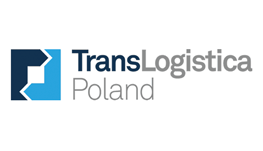



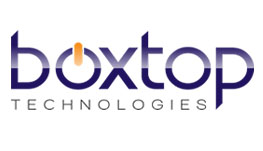
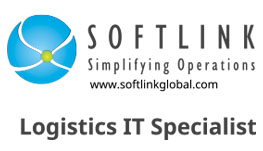





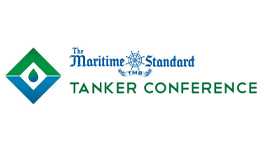

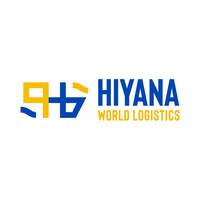





























.jpeg)